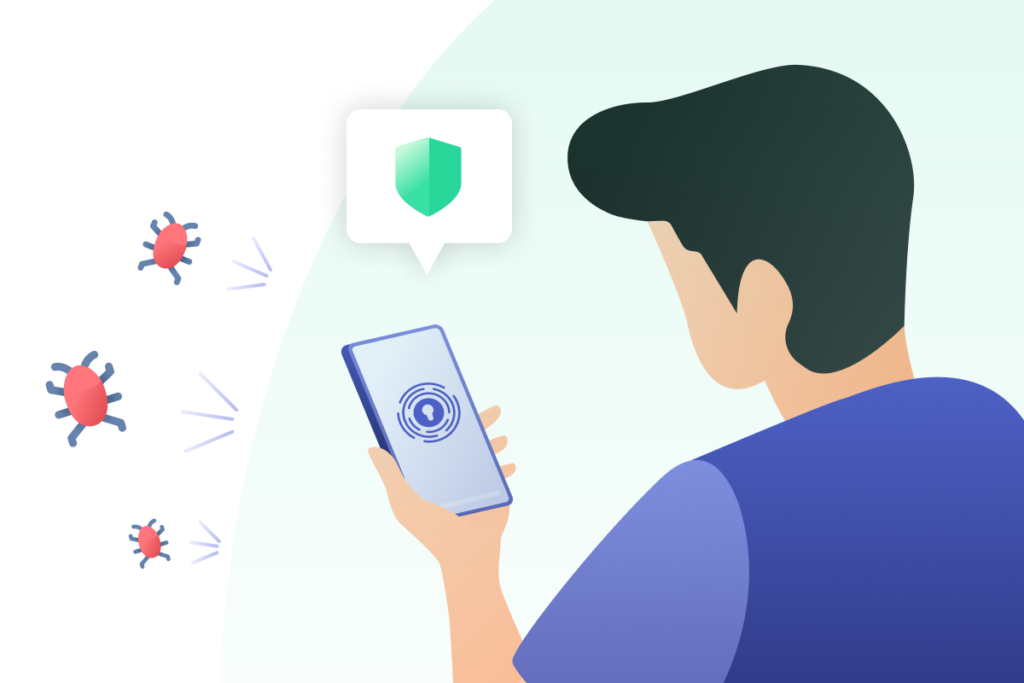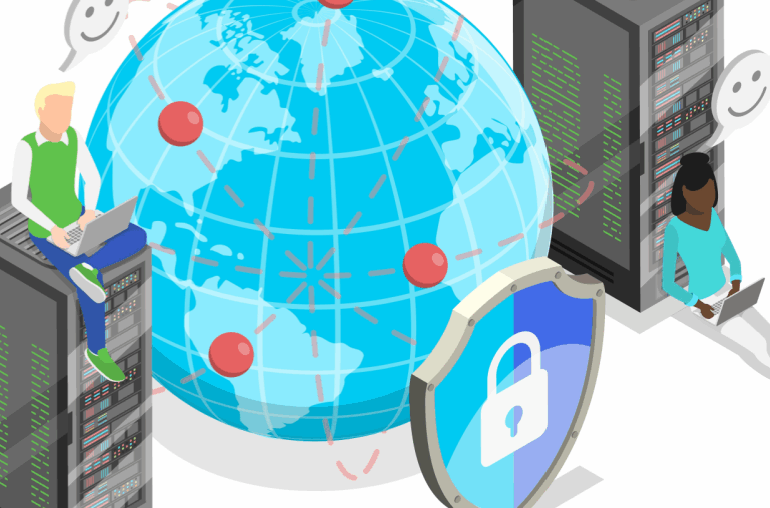Cybercriminals have a variety of methods for attacking their victims. Man-in-the-Middle attacks are one of many ways that malicious hackers steal data from unsuspecting Internet users. With the number of malware cases increasing every day, it’s never been more important to protect yourself against these attacks. You may be wondering: “What is a Man-in-the-Middle attack and how can I keep myself safe from them?” Today, we’ll show you how to identify and protect against these dangerous cybersecurity attacks.
What is a Man-in-the-Middle Attack?
Cybersecurity attacks can be broken up into a few different distinctions. Some groups of malicious hackers will use bots to distribute malware that aims to gather sensitive information from their victims. Other cybercriminals will release ransomware. Attackers also use social engineering and phishing attacks to take advantage of their victims. Man-in-the-Middle (MitM) attacks are just one of the many ways that these criminals target individuals, businesses, and other organizations.
By definition, a Man-in-the-Middle attack involves a cybercriminal who intercepts a data transfer from one device to another. Attackers position themselves between you and the person or platform that you are attempting to communicate with. By doing this, they can access any data that you send through a website or an email. This allows cybercriminals to obtain information like credit card numbers, sensitive data, personal photos, and much more. You can think of it as someone eavesdropping into your private conversation.
Although these attacks aren’t as common as other methods, like phishing or social engineering, they still pose a serious threat. When attackers intercept your message or the data you’re sending, they can alter the contents or steal that information. Typically, the goal of MitM attacks is obtaining credentials and information about the victim that attackers can use against them.

How do Man-in-the-Middle Attacks Happen?
Cybercriminals use different methods to put themselves in between victims and the destination of their data. The most common approach involves session hijacking and Wi-Fi eavesdropping. Hijacking is a method that attackers use to obtain credentials on banking websites and email accounts. Malicious hackers will steal the session cookie from your browser and use that to log in to your account. Similarly, Wi-Fi eavesdropping happens when attackers monitor unsecured networks for private information.
Attackers have also been known to utilize URL spoofing to trick their victims into surrendering personal data. Malicious hackers create websites that appear valid by using Unicode characters that look similar to letters in the real URL. Attackers even use fake DNS cache entries to send victims to different websites than the ones they want to reach.
Ultimately, there are a variety of ways that Man-in-the-Middle attacks can happen. It’s necessary to know how to identify these attacks so you can take action right away.

Signs of a Man-in-the-Middle Attack
When looking for indications of Man-in-the-Middle attacks, there are important signs that can show you if cybercriminals are monitoring your data. Take a look at the following indicators for Man-in-the-Middle attacks and keep an eye out for them on your device.
- Odd website URLs in your browser address bar
- Slow system processing or lags
- Suspicious Wi-Fi network names
- Constant disconnections
Now that you can spot the signs of a Man-in-the-Middle attack, you need to learn how to prevent them. One of the best ways to start is by protecting your privacy. Ensuring that your information stays secure can prevent a wide variety of attacks.

Preventing Man-in-the-Middle Attacks
Defending yourself against cybersecurity attacks can feel like an uphill battle. Luckily, there are several ways that you can strengthen your Internet security and protect your personal data. Below, we cover some of the most reliable ways that you can secure yourself against Man-in-the-Middle attacks.
- Never join an unsecured Wi-Fi network
- Only connect to HTTPS connections
- Implement multi-factor authentication
- Continuously monitor your network activity
- Encrypt your emails, chats, and video calls
- Use a reliable password manager
- Keep your system updated
- Install a powerful VPN
Although these precautions can help you protect your device and network from attacks, no method is 100% effective against cybercriminals. If you experience a Man-in-the-Middle attack, you should contact your system administrator as soon as possible. This type of attack may be rare, but it can be disastrous.
Ensuring that your privacy is secure can be another helpful step towards building a stronger cybersecurity defense. Using a powerful VPN is one way that you can increase your online privacy effectively and safely. With a VPN, your IP address is hidden through an encryption process. This scrambles your data, making it harder for cyber attackers to steal your data. Using a VPN on your phone, computer, router, or smart TV is a great way to protect your privacy.

Protect Your Private Data with PrivadoVPN
When you value your privacy, you need a powerful VPN that can keep your information secure from attackers and cybercriminals. PrivadoVPN brings you reliable encryption and safety in one easy-to-use app. Our VPN is backed by Swiss privacy laws, the strongest in the world, as well as a true Zero-Log guarantee. Premium plans give you access to 300+ global servers, unlimited VPN data, and up to 10 active connections at once. PrivadoVPN makes it easy to protect your information from prying eyes. Sign up today and start securing your privacy!
Download PrivadoVPN
Protect your online privacy with a world-class VPN. Sign up for premium access to PrivadoVPN and get unlimited monthly data, access to 300+ servers in 40+ countries, and up to 10 simultaneous connections on all your favorite devices. Get a top-rated VPN that can secure your privacy at home, at work, or on the go. Get started with PrivadoVPN today!




